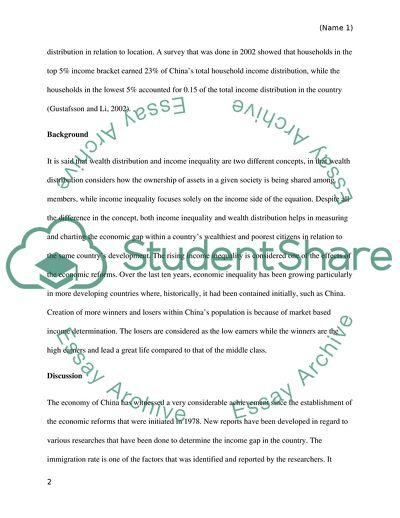Cite this document
(Income Gap in China Term Paper Example | Topics and Well Written Essays - 2500 words, n.d.)
Income Gap in China Term Paper Example | Topics and Well Written Essays - 2500 words. https://studentshare.org/macro-microeconomics/1813435-income-gap-in-china
Income Gap in China Term Paper Example | Topics and Well Written Essays - 2500 words. https://studentshare.org/macro-microeconomics/1813435-income-gap-in-china
(Income Gap in China Term Paper Example | Topics and Well Written Essays - 2500 Words)
Income Gap in China Term Paper Example | Topics and Well Written Essays - 2500 Words. https://studentshare.org/macro-microeconomics/1813435-income-gap-in-china.
Income Gap in China Term Paper Example | Topics and Well Written Essays - 2500 Words. https://studentshare.org/macro-microeconomics/1813435-income-gap-in-china.
“Income Gap in China Term Paper Example | Topics and Well Written Essays - 2500 Words”. https://studentshare.org/macro-microeconomics/1813435-income-gap-in-china.


